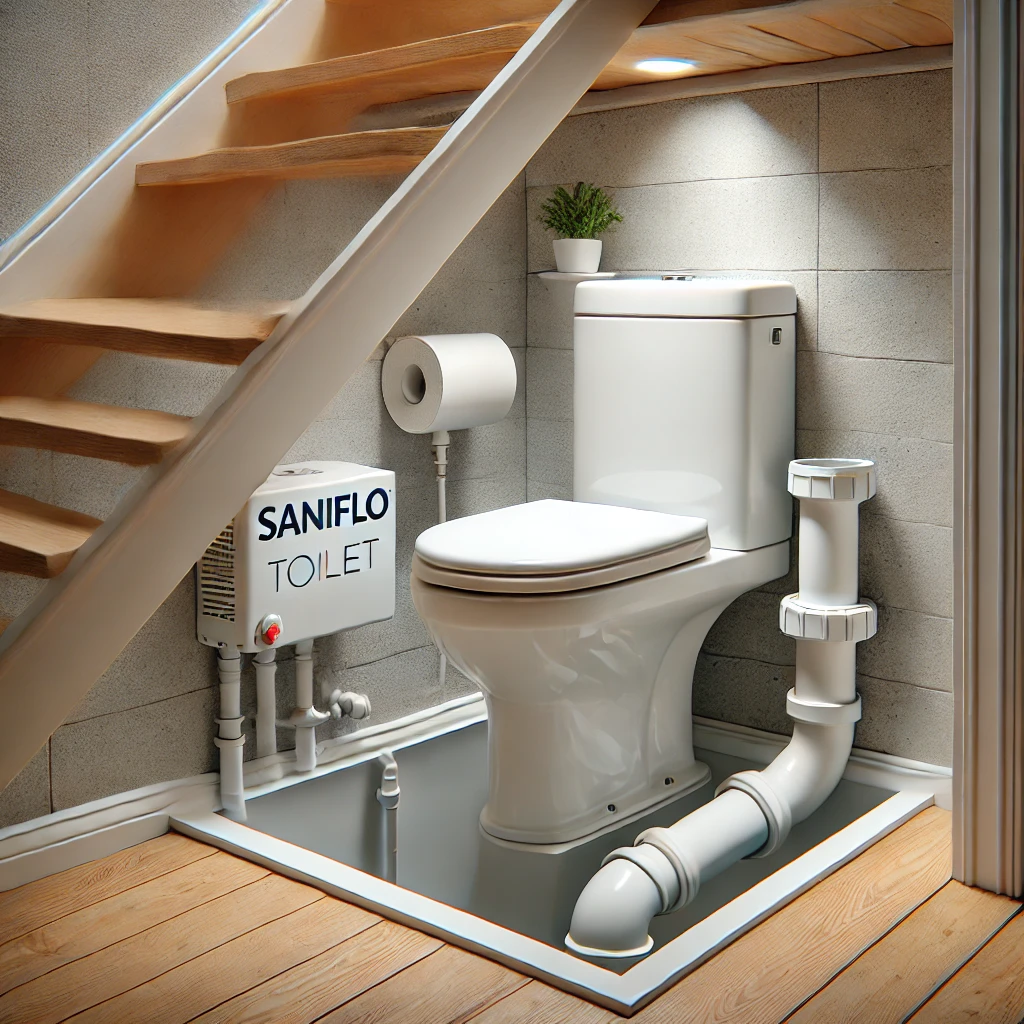The construction industry has evolved significantly over the years, with new technologies continuously reshaping the way projects are planned and executed. One of the most significant advancements in recent years is 4D BIM, which integrates time-related data into 3D models to create an interactive and dynamic construction sequence.
This innovation challenges traditional project scheduling methods, such as Gantt charts and the Critical Path Method (CPM), by providing a more visual, data-driven, and collaborative approach.
This article explores the key differences between 4D BIM and traditional project scheduling, highlighting how each method impacts construction planning, communication, risk management, and overall project success.
Understanding 4D BIM and Traditional Project Scheduling
What is 4D BIM?
4D BIM is an advanced construction planning method that integrates time (the fourth dimension) into a 3D BIM model. It allows project teams to visualize the construction process over time, helping stakeholders understand the sequence of activities, identify potential issues, and optimize workflows.
By using software like Autodesk Navisworks, Synchro, or Bentley Systems, 4D BIM enhances project coordination, making construction planning more efficient and data-driven.
What is Traditional Project Scheduling?
Traditional project scheduling involves using charts, tables, and timelines to plan project activities. The most commonly used methods include:
- Gantt Charts: A visual representation of a project timeline, showing tasks, dependencies, and deadlines.
- Critical Path Method (CPM): Identifies the longest sequence of dependent tasks to determine the minimum project duration.
- Program Evaluation and Review Technique (PERT): A statistical tool used to analyze task dependencies and estimate completion time.
While these methods have been effective for decades, they lack the dynamic visualization and integration capabilities that modern projects demand.
Key Differences Between 4D BIM and Traditional Project Scheduling
1. Visualization of Construction Sequences
- 4D BIM: Offers a 3D visual representation of the project timeline, showing how different components are built over time. This makes it easier to spot conflicts, delays, and inefficiencies before construction begins.
- Traditional Scheduling: This relies on text-based schedules and static charts that require interpretation. While useful, they lack the clarity and real-time insights that 4D BIM provides.
Example: In a high-rise building project, 4D BIM can simulate the sequential erection of floors and facade installation, helping the team optimize crane usage and material delivery.
2. Integration with Other Project Data
- 4D BIM: Can integrate with cost data (5D BIM), material procurement schedules, and site logistics, providing a more holistic view of project planning.
- Traditional Scheduling: Primarily focuses on timelines and dependencies but often requires separate tools for cost estimation and resource allocation.
Example: A contractor using 4D BIM can link material deliveries to specific construction phases, ensuring that materials arrive just in time, and reducing storage costs and delays.
3. Risk Management and Clash Detection
- 4D BIM: Helps in clash detection by identifying spatial conflicts between building elements and construction sequences before work begins.
- Traditional Scheduling: Relies on manual reviews and team discussions to identify risks, which can be time-consuming and prone to human error.
Example: If an HVAC system installation clashes with steel reinforcements, 4D BIM can highlight the issue in the model, allowing the team to resolve it before it affects the schedule.
4. Communication and Collaboration
- 4D BIM: Enhances communication between architects, engineers, contractors, and clients by providing a visual, interactive model that everyone can understand.
- Traditional Scheduling: Often requires detailed explanations and meetings to convey project timelines, which can lead to misinterpretations.
Example: A client with no construction background can easily understand a 4D BIM simulation, whereas interpreting a Gantt chart might be challenging.
5. Real-Time Updates and Adjustments
- 4D BIM: Allows for real-time updates, making it easier to adjust schedules based on changes in design, weather conditions, or unforeseen site challenges.
- Traditional Scheduling: Updates must be made manually in scheduling software, often requiring significant rework and review time.
Example: If a project experiences a delayed material shipment, 4D BIM can automatically adjust dependent tasks and suggest alternative workflows to keep the project on track.
6. Accuracy in Time and Cost Estimation
- 4D BIM: Uses data-driven simulations to improve the accuracy of project duration and cost predictions.
- Traditional Scheduling: Often relies on historical data and expert judgment, which may not always be precise.
Example: A developer planning a large-scale residential complex can use 4D BIM to analyze different construction sequences and identify the most cost-effective schedule.
7. Site Logistics and Safety Planning
- 4D BIM: Helps optimize site logistics, such as equipment movement, worker access, and material storage. It also aids in safety planning by visualizing high-risk areas.
- Traditional Scheduling: Addresses logistics and safety through written plans and site meetings, which may not always be effective.
Example: A hospital construction project using 4D BIM can simulate emergency access routes and worker pathways, reducing onsite risks.
Why 4D BIM is Gaining Popularity
As construction projects become more complex, the limitations of traditional project scheduling are becoming more apparent. 4D BIM is gaining traction because it:
- Improves project predictability by reducing uncertainties.
- Enhances collaboration among stakeholders.
- Reduces errors and rework, leading to significant cost savings.
- Helps in seamless coordination of multiple contractors and trades.
Many large-scale infrastructure projects, such as airports, highways, and smart cities, now rely on 4D BIM to streamline construction processes and minimize disruptions.
Challenges of Adopting 4D BIM
Despite its advantages, adopting 4D BIM comes with challenges, including:
- High initial investment in software and training.
- The learning curve for professionals accustomed to traditional scheduling.
- Data management complexities, as integrating multiple project datasets can be challenging.
However, as the technology matures and becomes more user-friendly, these barriers are gradually decreasing.
Conclusion
While traditional project scheduling has been a reliable method for construction planning, 4D BIM offers a more advanced, visual, and data-driven approach that significantly improves efficiency and accuracy. The ability to integrate time, cost, logistics, and risk management into a single model makes 4D BIM a powerful tool for modern construction projects.
For companies looking to stay competitive in the evolving construction industry, embracing 4D BIM is no longer optional—it is becoming a necessity. Whether for large infrastructure projects or commercial buildings, the transition from static scheduling to dynamic 4D BIM is a step toward more efficient and collaborative project execution.










